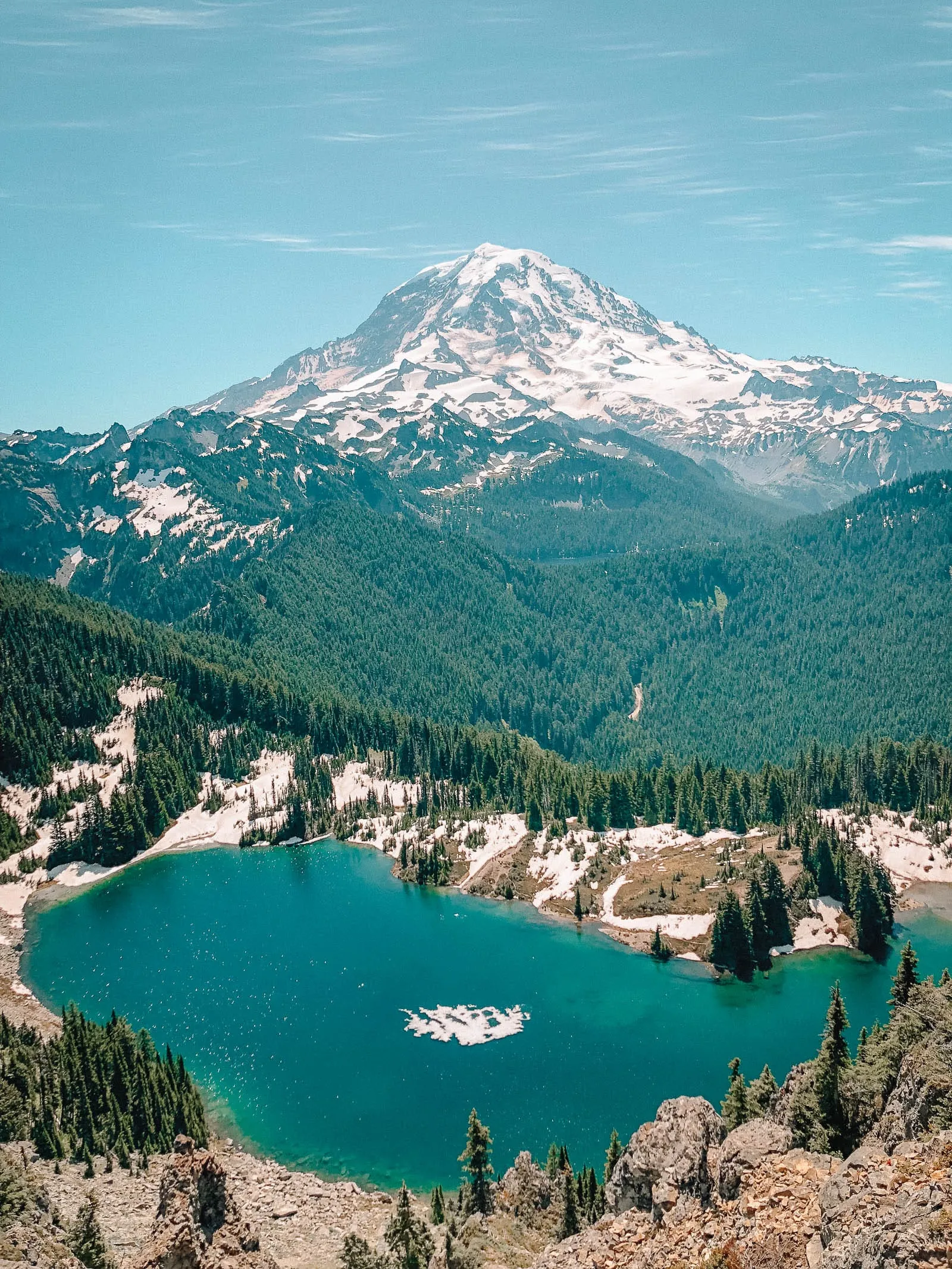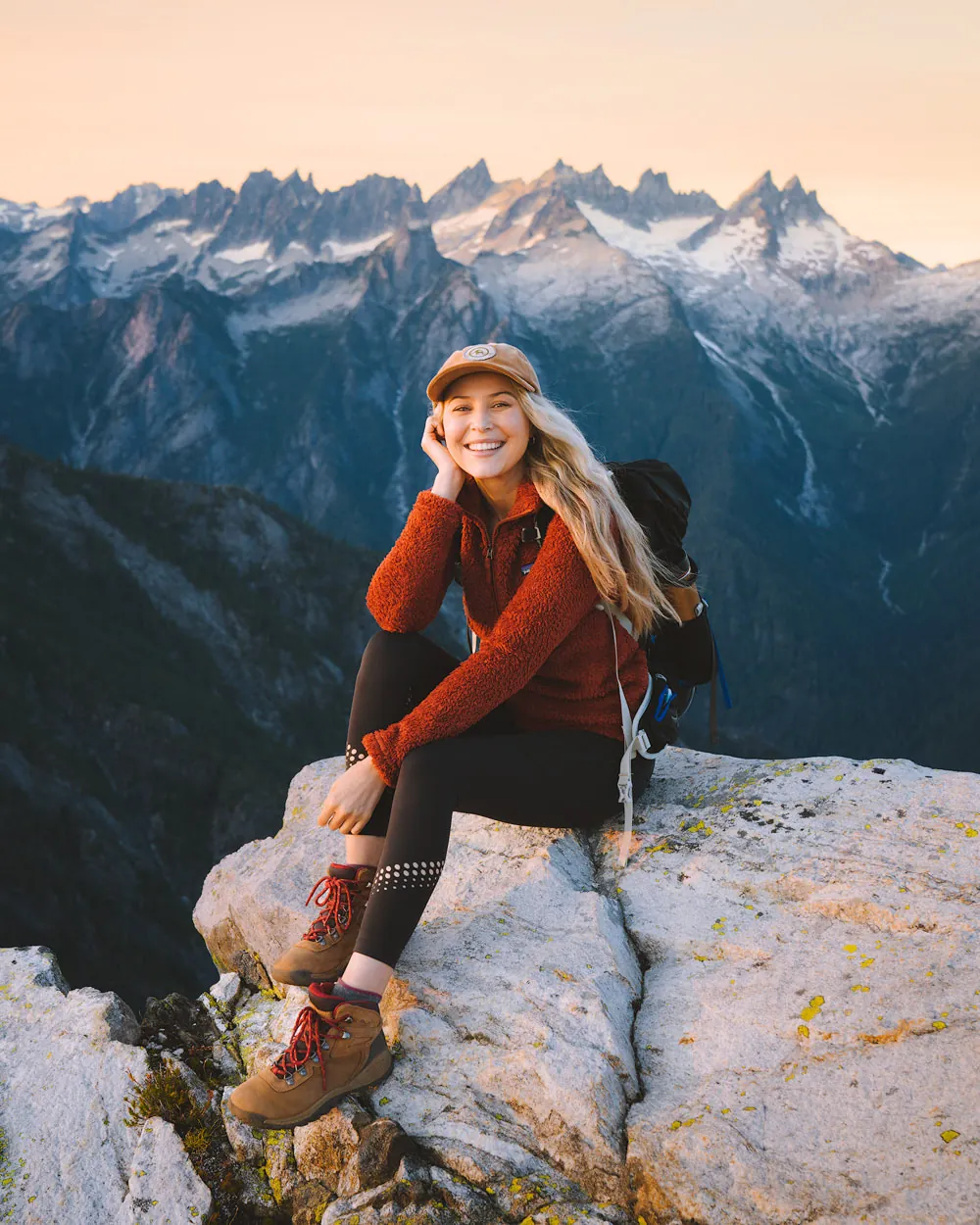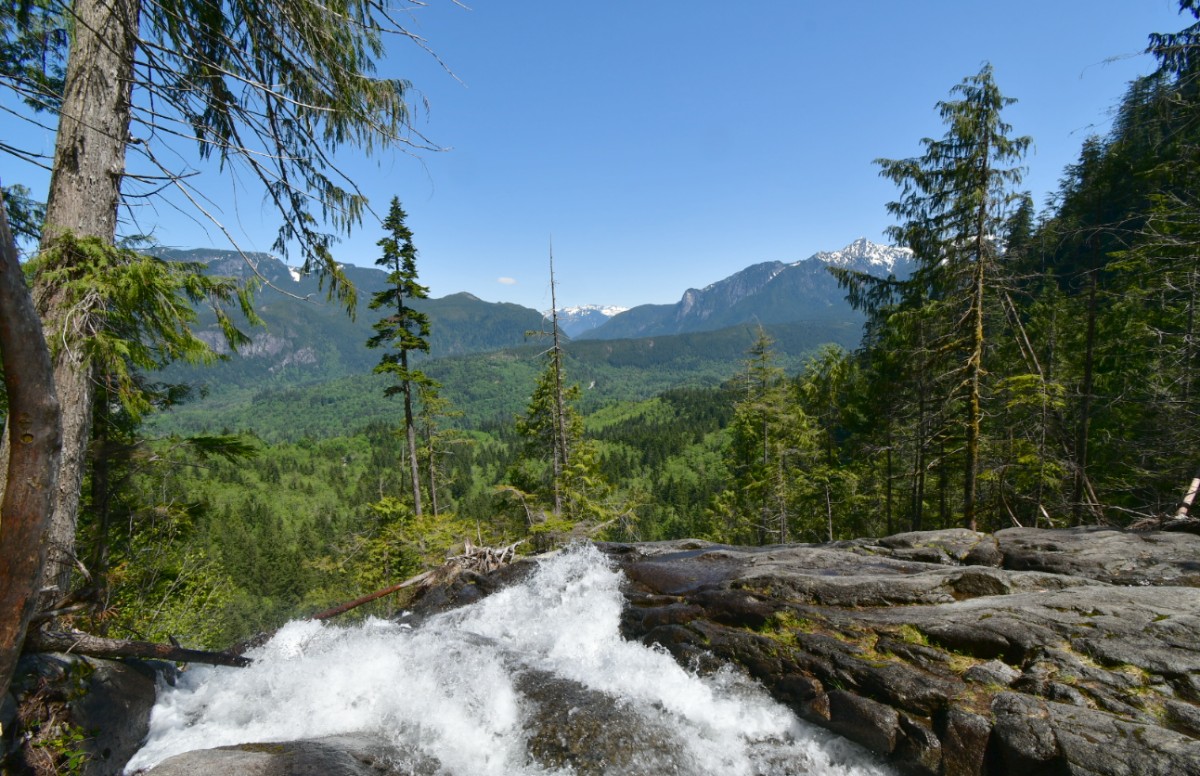17 Amazing Hikes in Washington: Explore Stunning Trails
Washington State is a hiker’s paradise, offering trails that showcase some of the most breathtaking landscapes in the USA. From lush forests to stunning mountain vistas, the region’s natural beauty is unparalleled. What’s even better? You don’t need to be an expert hiker to enjoy these fantastic views. Whether you’re seeking the tranquility of a waterfall or the expansive views of a mountain peak, there’s a trail waiting for you.
With countless trails to choose from, narrowing down the best hikes can be challenging. That’s why we’ve curated a list of 17 amazing hikes in Washington that cater to all skill levels. These trails promise unforgettable experiences, whether you’re exploring the beaches, deserts, or alpine meadows. So lace up your hiking boots, grab your camera, and get ready to discover the incredible trails that make Washington a world-renowned hiking destination.
Key Takeaways
- Washington State offers an array of stunning hikes for all skill levels, with landscapes ranging from lush forests and mountain vistas to serene beaches and alpine meadows.
- Top hiking destinations include iconic spots like Mount Rainier National Park’s Skyline Trail Loop and Olympic National Park’s Marymere Falls, each showcasing the region’s natural beauty.
- Work your way through a mix of easy, moderate, and challenging trails like Rattlesnake Ledge, Snow Lake Trail, and the Enchantments Traverse for varied hiking experiences.
- For a successful hiking adventure, prepare by bringing essential gear like navigation tools, weather-appropriate clothing, and following Leave No Trace principles to preserve the trails.
- Seasonal variations enhance Washington’s hiking opportunities, with spring wildflowers, summer blooms, autumn colors, and winter snows contributing to the dramatic scenery.
- Take advantage of practical tips such as using rental cars, staying in accommodations close to trailheads, and supporting local eateries to enhance your hiking journey in Washington.
Exploring Washington’s Best Hiking Destinations

Begin on a journey through Washington’s lush trails where you can see landscapes shifting from dense forests to towering mountains. Jump into the Cascade Range during peak wildflower season or trek the serene shores of Olympic National Park. Your adventure awaits year-round, though late spring and early fall promise fewer crowds and stunning scenery.
Top Attractions
- Skyline Trail Loop: Tackle this 5.5-mile journey with 1,700 feet of elevation gain at Mount Rainier National Park. Marvel at panoramic views and vibrant meadows.
- Mazama Ridge Trail to Faraway Rock: 5.2 miles of trail allure awaits, famous for wildflowers and vistas of Mount Rainier’s imposing peak.
- Comet Falls: Experience multiple waterfalls, including the breathtaking 300-foot Comet Falls, over a moderate 3.8-mile hike.
Hidden Gems
- Lake Ingalls: Seek solitude on a 9-mile round trip capturing stunning views of Mount Stuart and the Teanaway Valley.
- Sauk Mountain: Revel in a quick 4.2-mile hike where switchbacks offer views of Skagit River Valley and a blanket of colorful wildflowers in summer.
Accommodations
| Type | Price Range (USD) | Proximity to Trailheads |
|---|---|---|
| Rustic Cabins | $70 – $120 | Close |
| Cozy Lodges | $100 – $250 | Moderate |
| Budget Motels | $50 – $100 | Various |
| Campsites | $20 – $50 | Nearest |
Dining Highlights
Indulge in locally sourced meals at quaint eateries near trailheads. Try the classic clam chowder on the coast or the iconic Rainier cherry pie in regional diners.
Transportation & Practical Tips
Travel efficiently by renting a car, offering flexibility beyond public transport limitations. Check park alerts for trail conditions, and download maps as cell service can be spotty. Always pack the Ten Essentials for safety.
Sustainability Tips
Leave no trace by sticking to marked paths. Embrace reusable gear, and support local businesses to preserve these trails for future explorers.
Seasonal Variations
Spring brings blooming rhododendrons, while summer promises long days for extended exploration. Autumn colors are an enchanting spectacle, and winter snows make for a magical experience in higher elevations.
Budget Considerations
Opt for weekday hikes to save on accommodation costs. Consider state park passes for trail access discounts and take advantage of free camping options when available.
Wandering through Washington’s trails isn’t just a hike; it’s an invitation to uncover every hidden corner of this vibrant world, each step guided by the rhythm of the wild.
Must-Have Gear for Washington Hikes


